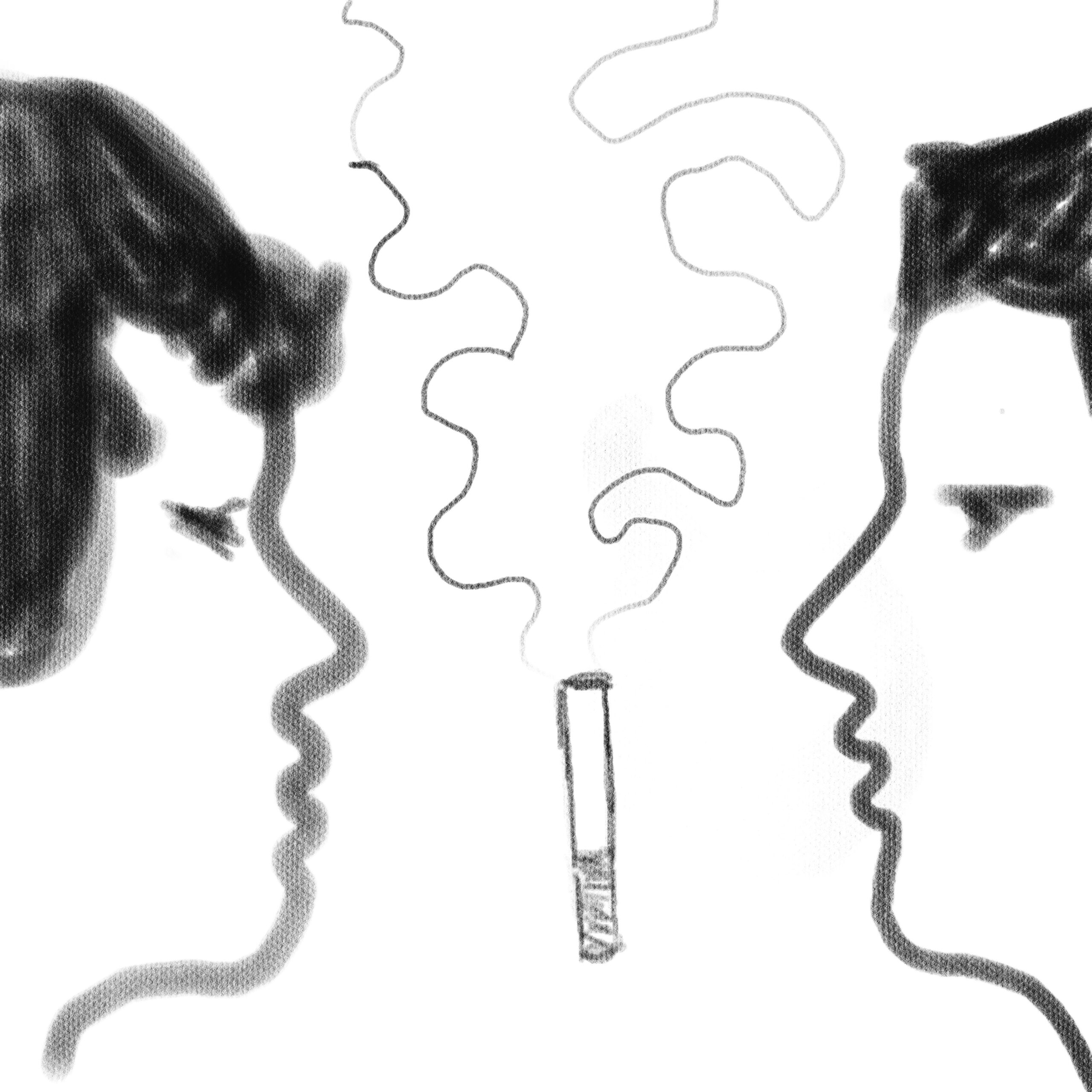An appallingly bad story
September 29, 2023

“The facts at hand presumably speak for themselves, but a trifle more vulgarly, I suspect, than facts even vulgarly do.” – J.D. Salinger, “Franny and Zooey.”
So began “Zooey,” first published in the The New Yorker in 1957. The story’s pages were interspersed with cleverly captioned cartoons and color advertisements for modern marvels: mail-order dresses from Bergdorf Goodman, the new video camera from Kodak and the Boeing 707, “America’s first jetliner.” But from its first sentence to its very end, Salinger’s story spoke for itself and was louder than any potential distraction.
Critics spoke back. Or, more accurately, they yelled, griped, quarreled and criticized. Editors were disenchanted by the story’s uneventful plot in which the Glass siblings complain of their privileged life and admit their inability to find any peers whom they respect. “Interminable, an appallingly bad story,” wrote critic Maxwell Geismar.
Fans, on the other hand, raved about the story. “Catcher in the Rye” had been published six years earlier, and words from Salinger outside the pages of The New Yorker were hard to come by. When the story was printed in novel form as “Franny and Zooey” in 1961, it sat at the top of the New York Times Fiction Best Sellers List for over six months.
I cannot, in good conscience, proceed any further in a column on Salinger without acknowledging my own vehement dislike of “Catcher in the Rye.” It pains me even to type the name Holden Caulfield and reanimate his embodiment of exaggerated, spoiled and whiny teenage angst. And so I approached “Franny and Zooey” guardedly, worried that the Glass siblings would be similarly easy to hate. I was pleasantly surprised to love them.
Alas, Joan Didion disagreed. She cast the novel as indicative of the elite self-pity she loathed finding at New York parties: siblings Franny and Zooey mourn their Christian upbringing and whine about their parents’ overprotectiveness (from their parents’ home), what tragedy! In the year of its publication, Didion reviewed “Franny and Zooey” in The National Review and recalled with distaste meeting numerous “Sarah Lawrence girl[s]” who held “that J.D. Salinger is a kind of middle-class American guru.” Didion concluded that “Franny and Zooey” was irredeemably inauthentic, “finally spurious.”
The first sentence of “Zooey” contains the retort to Didion’s claim of spuriousness. It is baroque and confident, yet hesitant and articulate. The story is narrated by Buddy Glass, older brother to Franny and Zooey, who declares that what follows will be not his voice but “the facts” speaking “for themselves.” But a cautious reader stumbles over the inclusion of “presumably” following a declaration of fact. The commas and their dependent clauses scream warnings of untruth: “but a trifle more vulgarly, I suspect,” is pure Buddy. Fact is nowhere to be found.
The facts will be given to you, the opening line seems to say, but will also disappoint you. And in admitting perhaps a modicum of untruth, they flaunt their untrustworthiness.
The facts that follow, tinged by Buddy’s presence despite his retreat into the third person a few paragraphs in, trace Zooey’s attempted comforting of his sister at the urging of his mother. Franny is suffering a meltdown of her worldview on religion, art, theater and romance. She laments being a bore, a disappointment and a depressing girlfriend. Her concerns are trivial, but Zooey often empathizes.
Ultimately, not a whole lot happens in the book; it’s a lot of family argument and commonality, or, in Buddy’s words, vulgarity. But Salinger was hardly going to write a great book about great human exploits—it wasn’t his style. The value of “Franny and Zooey” lies in its adolescence, its exploration of imperfect and essentially human relationships.
As Zooey tells Franny at the story’s end, “an artist’s only concern is to shoot for some kind of perfection, and on his own terms, not anyone else’s.”
Franny, Zooey and Buddy may be annoying, but that’s the point—they don’t care what you think of them, only what they think of themselves. To some, that’s self-involved solipsism, but to them, it’s authenticity.
In constructing twisted notions of authenticity, Salinger draws comparison to contemporary Kurt Vonnegut. The authors’ lives tracked closely—Salinger was born in 1919 and Vonnegut in 1922. Vonnegut’s first novel, “Player Piano,” was published a year after “Catcher in the Rye.” In 1969, Vonnegut opened “Slaughterhouse Five” with a hint at unreliable narration similar to that which opens “Zooey,” suggesting that in the best stories, it is human voice and not fact that speaks the loudest:
“All this happened, more or less.”

Comments
Before submitting a comment, please review our comment policy. Some key points from the policy: